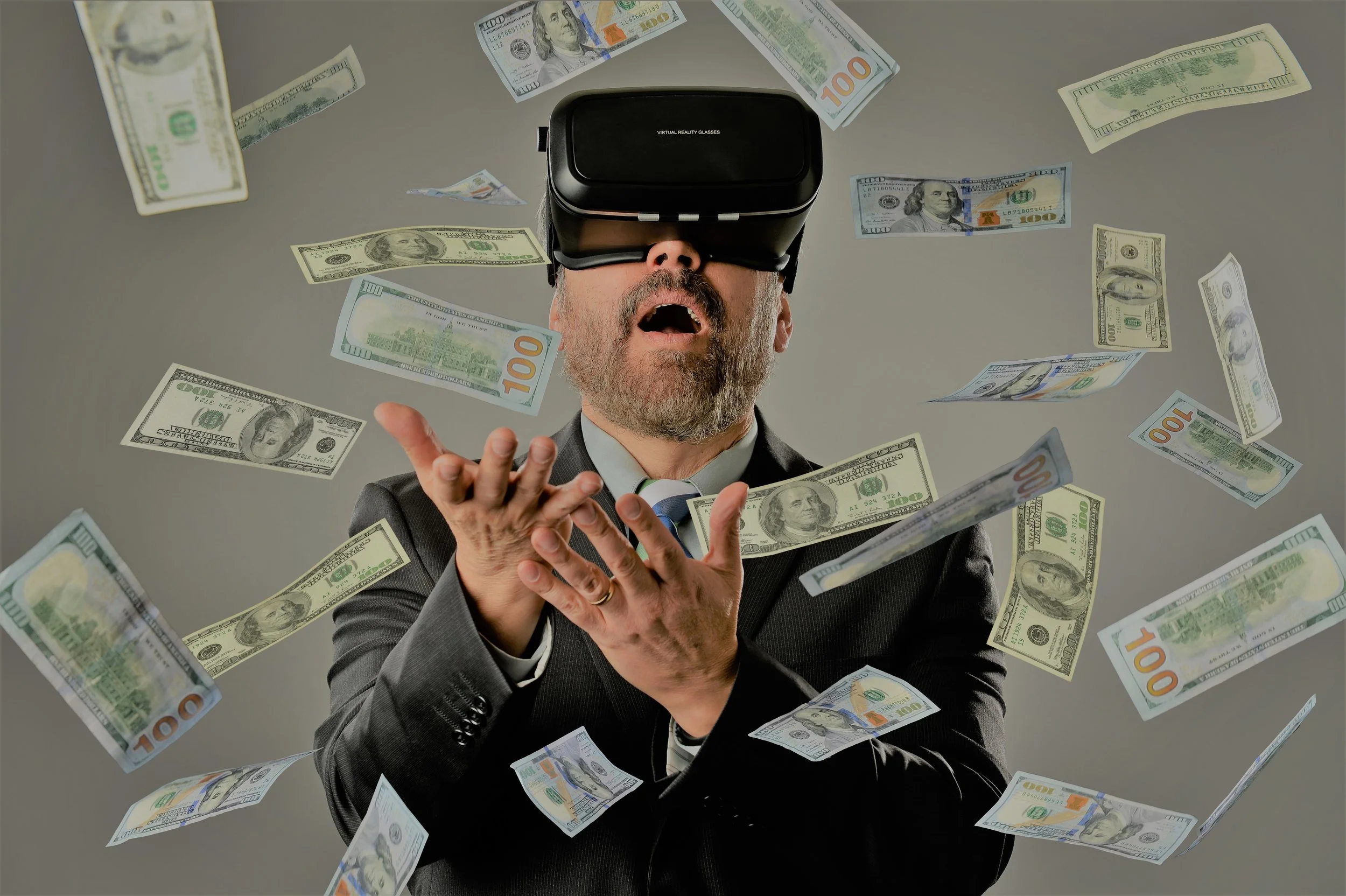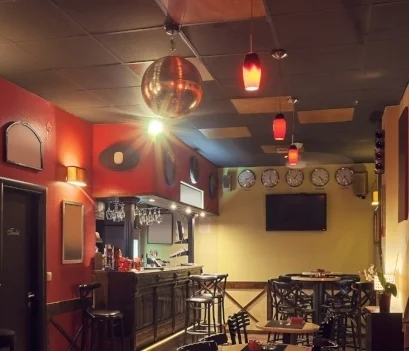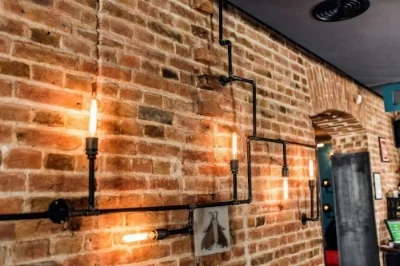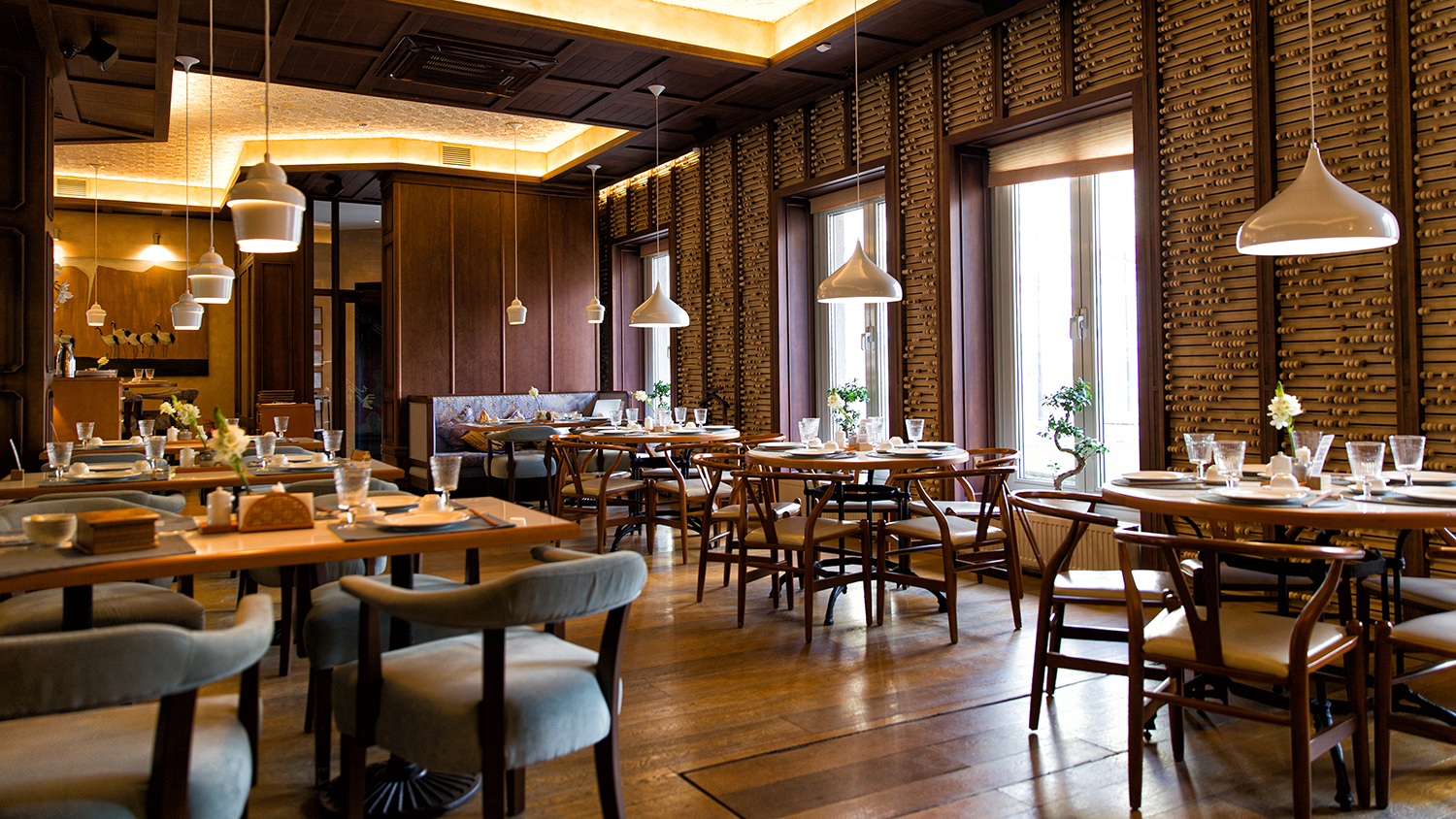The mood in bars & restaurants is extremely important to profits. Ambiance and light can drastically affect the way the guests perceive your establishment, as well as their behavior while dining.
There are multiple ways in which certain color and illumination patterns can boost your restaurant’s revenue. We’ve outlined some simple but important tips that can affect your guests’ dining, spending and eating habits without their knowledge.
What to Know
There are quite a bit of different ways to approach the restaurant-light situation. Here are the most commonly used methods that have found success in other establishments.
Up lights. Shine lights upward casting pools of light on the surface above them. When placed on the floor, they’re usually behind plants, and in corners, to create an atmosphere with dramatic shadows.
Down lights. These lights are positioned to cast a circle of light on the floor, table, or any surface below. They can be recessed into the ceiling, mounted, or hidden behind ceiling beams or dividers. They can also highlight an entrance area, individual dining room tables, flower arrangements, or the bar.
Spotlights. Spotlights are used as accent lighting and are more for decoration than actual brightness.
Light vs. Color Affects
How Much People Eat
Red tends to cause people to eat more than they typically would over other colors. Various shades of red have been shown to stimulate digestion, so many restaurants incorporate it into their color scheme (i.e., napkins, plates, accent walls).
A study from Cornell University shows that softer lighting and music was linked with fewer calories consumed by restaurant diners. Not only did people eat fewer calories but researchers also found they enjoyed their food more. Overall, softer lit environments increase satisfaction and decrease consumption.
The takeaways are you can save money with smaller portions by turning down the music and softening the lighting. Meanwhile, you can boost guests’ ordering habits by including red into your menu and décor.
How Much People Spend
Sunlight makes people happy; happy people spend more money. This rationale came from a study performed by the University of Alberta investigating the effects of sun light on consumer spending. During the day, try to incorporate as much natural light as possible; this also provides the added benefit for your guests to take good quality food pictures. Depending on the time of day, the rules change for when the sun goes down and you can’t rely on natural light.
During dinner hours, people are more likely to spend more when they feel that the atmosphere and meal quality are “elite.” The most common trick to pull this off requires a low intensity of light to create an intimate and leisurely environment. Low levels of lighting are generally associated with higher prices and a high quality of service. Just don’t make it so dark that people need their phone light to read the menu.
Bar lighting is almost always dimly lit for multiple reasons. Most often the idea is to distort the guests’ perception of time. If they are in an atmosphere that appears later in the day, the idea is they will spend money and drink as if it actually were. (This is also the reason 9 times out of 10 you cannot find a clock in a bar).
Overall Mood
If you’re looking to contribute positively to your guest’s subconscious mood, brighter colors are often used as accents can do the trick. The color scheme can provide that added touch that brings a unique and positive ambiance.
Orange is a color of stimulation and enthusiasm (great to incorporate in a daytime uniform or accent lighting). Research has found that orange increases oxygen supply to the brain, producing an energizing effect, and stimulating brain activity.
Brighter lights such as orange have been linked to causing people to experience more intense sensations. For example, diners crave spicier food, they think people are more/less attractive than usual. Good to know! This may explain why many nightclubs use orange light to also make people look tanner.
Mood is something that can easily be influenced but not really changed. Many of these color and light techniques are great tools to understand how smaller aspects can contribute to a bigger picture. People do have different opinions of what they prefer as these tips have been chosen based on experimentation.
Not everyone will agree with what data shows, however, if you keep these tips in mind, you may see your profits increase with little to do on your part.














